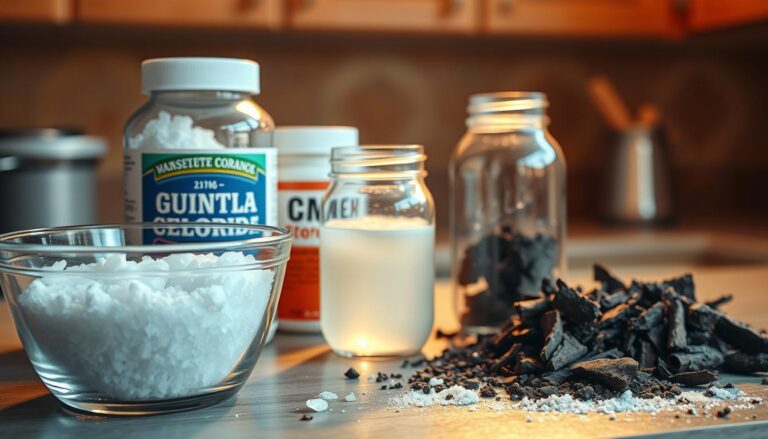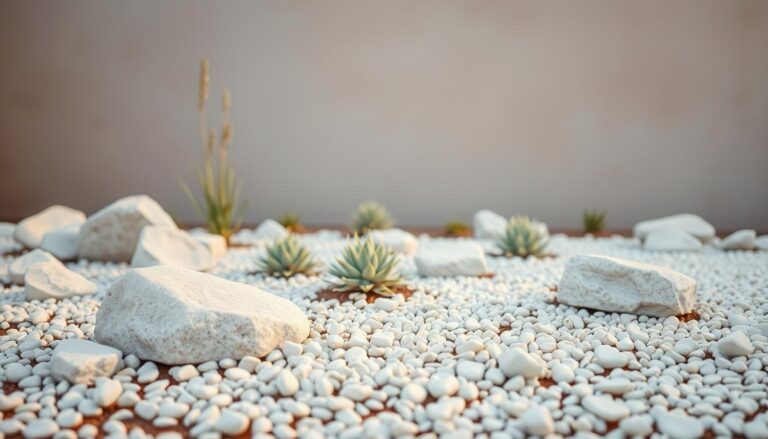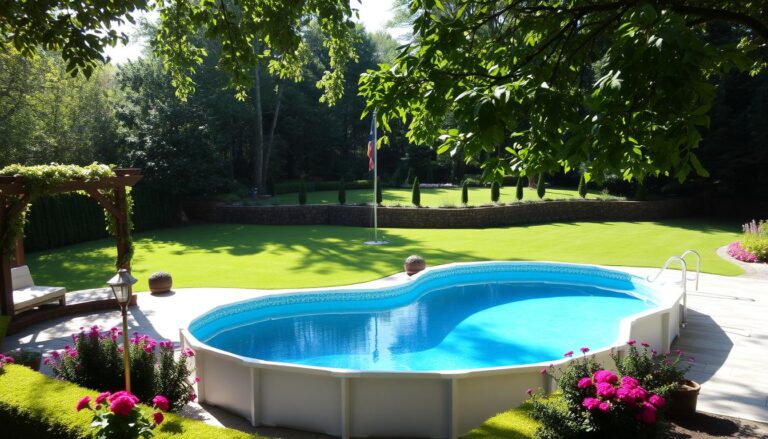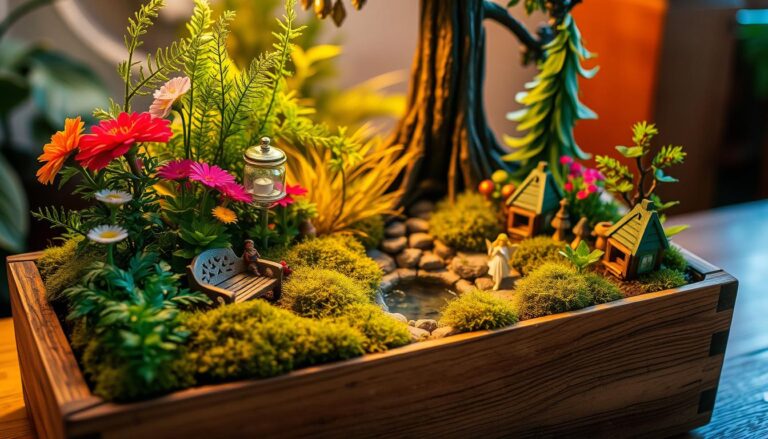How To Fix A Muddy Yard
A muddy yard can be a frustrating and challenging issue for homeowners. It not only limits outdoor activities but also creates an eyesore. We understand the struggle of dealing with a yard that’s more mud than grass.
At its core, a muddy yard is often a result of poor drainage or heavy foot traffic. To transform your yard into a beautiful and functional outdoor space, we need to address the underlying causes. In this article, we’ll guide you through practical muddy yard solutions to achieve a more enjoyable outdoor area.
We’ll explore effective strategies for fixing a muddy yard, ensuring that your outdoor space becomes a haven for relaxation and recreation. By implementing these solutions, you’ll be well on your way to enjoying a yard that’s both beautiful and functional.
Understanding Why Your Yard Gets Muddy
Yard muddiness is a common problem that can stem from various factors, including poor drainage and soil compaction. To effectively address the issue, it’s essential to understand the underlying causes.
Common Causes of Yard Muddiness
Several factors contribute to a muddy yard. Poor drainage is a primary culprit, as it allows water to accumulate on the surface. Soil compaction, often caused by heavy foot traffic or construction, can also prevent water from penetrating the ground, leading to mud puddles.
Heavy rainfall can exacerbate these issues, turning a minor problem into a significant muddy mess. Additionally, the type of soil in your yard plays a crucial role. Clay soils, for instance, are more prone to muddiness due to their dense, water-retentive nature.
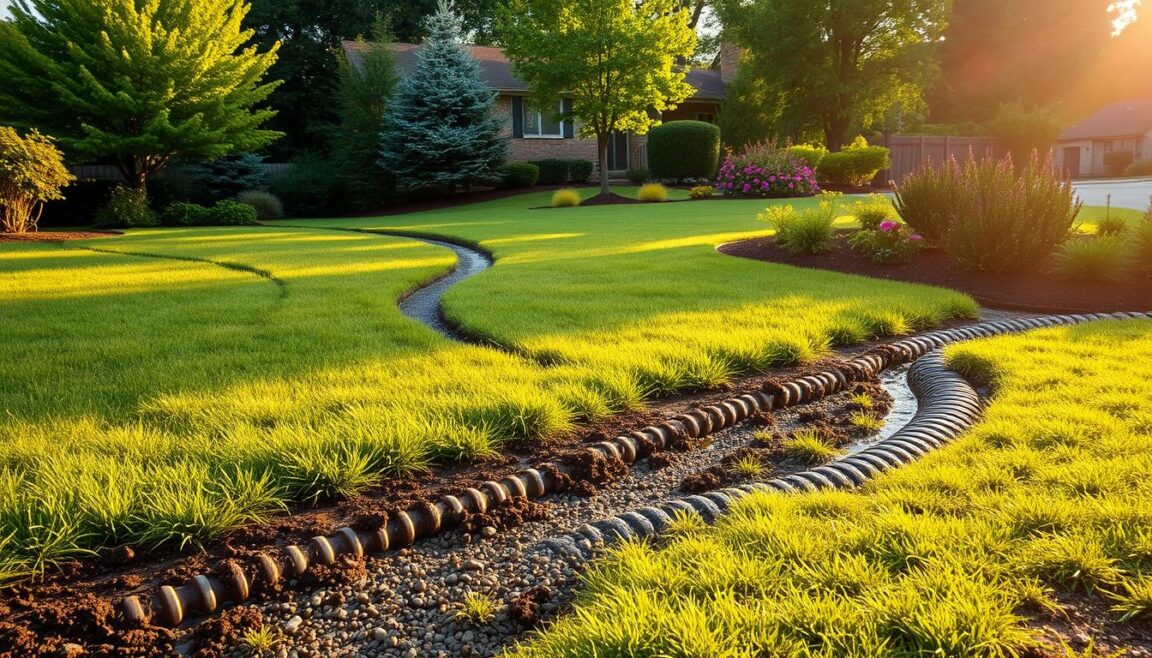
Identifying Your Soil Type and Drainage Issues
To tackle yard muddiness, you first need to identify your soil type and assess any drainage issues. Start by examining your soil: clay soils are thick and sticky when wet, while sandy soils drain quickly but may lack nutrients. Loamy soils, a mix of clay and sand, often provide a good balance.
For drainage issues, observe how water behaves in your yard during rainfall. If water tends to collect in certain areas, it may indicate a drainage problem that needs to be addressed. Simple tests, like digging a small hole to observe water absorption, can also provide insights into your soil’s drainage capabilities.
How To Fix A Muddy Yard: Step-by-Step Solutions
To tackle yard mud control, we need to explore both immediate and long-term solutions. Fixing a muddy yard involves a combination of temporary fixes, installing proper drainage systems, creating permanent pathways, and implementing landscaping solutions.
Immediate Temporary Fixes
When dealing with a muddy yard, immediate action is sometimes necessary to prevent further damage. Two effective temporary solutions include adding mulch and wood chips or using straw and gravel.
Adding Mulch and Wood Chips
Adding a layer of mulch or wood chips can help absorb excess moisture and provide a stable surface for walking. This method is particularly useful in high-traffic areas.
- Choose organic mulch like wood chips or bark
- Apply a 2-3 inch layer over the muddy area
- Replenish as needed to maintain effectiveness
Using Straw and Gravel
Straw and gravel are other effective materials for temporary mud control. Straw can be spread over the affected area, while gravel can be used to create a more stable surface.
- Spread straw evenly over the muddy area
- Use gravel to create pathways or fill low spots
- Consider combining straw and gravel for better results
Installing Proper Drainage Systems
For a more permanent solution to yard mud control, installing proper drainage systems is crucial. This involves techniques such as French drains and dry wells, as well as grading and sloping.
French Drains and Dry Wells
French drains are trenches filled with gravel that redirect water away from the muddy area. Dry wells are used to collect and dissipate water.
- Identify the lowest point in your yard for drainage installation
- Dig trenches for French drains or holes for dry wells
- Fill with gravel to facilitate water flow
Grading and Sloping Techniques
Grading and sloping your yard can significantly reduce mud accumulation by directing water flow away from problem areas.
- Assess your yard’s slope and identify areas for adjustment
- Use a level and grading tools to adjust the slope
- Ensure the yard slopes away from buildings and walkways
Creating Permanent Pathways and Ground Cover
Creating permanent pathways and ground cover is another effective muddy yard solution. This can be achieved through the use of stepping stones, pavers, and grass reinforcement options.
Stepping Stones and Pavers
Stepping stones and pavers provide a stable surface for walking and can be designed to complement your yard’s landscape.
- Choose materials that are slip-resistant and durable
- Design pathways that direct foot traffic away from muddy areas
- Install properly to ensure stability
Grass Reinforcement Options
Grass reinforcement involves using grids or mats to support grass growth in high-traffic areas, reducing mud.
- Select appropriate grass reinforcement products
- Install according to manufacturer’s instructions
- Maintain the grass to ensure it thrives
Landscaping Solutions for Mud Control
Landscaping plays a significant role in yard mud control. Strategic planting for erosion control and creating rain gardens with water-loving plants are effective strategies.
Strategic Planting for Erosion Control
Planting vegetation with deep roots can help stabilize the soil and prevent erosion.
- Choose plants native to your region
- Plant in areas prone to erosion or mud accumulation
- Maintain plant health through proper care
Rain Gardens and Water-Loving Plants
Rain gardens are depressions that collect rainwater, allowing it to infiltrate the ground. Water-loving plants thrive in wet conditions and can help manage water flow.
- Design rain gardens to capture runoff
- Select plants that tolerate wet conditions
- Maintain the rain garden to ensure its effectiveness
Seasonal Yard Maintenance to Prevent Mud Problems
To keep your yard looking its best and prevent muddy messes, regular seasonal maintenance is essential. We recommend inspecting your yard’s drainage system regularly to ensure it’s functioning properly, which is crucial for a successful muddy lawn fix.
During spring and fall, clean up debris and check for any blockages in your yard drainage. Summer is ideal for implementing landscaping changes, such as creating pathways or installing ground cover, to help control mud. In the winter, be mindful of where water tends to collect and freeze, as this can exacerbate muddy yard repair needs.
By staying on top of these tasks, you’ll be able to enjoy a beautiful, mud-free yard year-round. Proper yard drainage and maintenance will save you time and effort in the long run, allowing you to appreciate your outdoor space without the hassle of muddy areas.
Regular maintenance is key to a muddy yard repair. By following these seasonal tips, you’ll be well on your way to a healthier, more enjoyable outdoor space.




